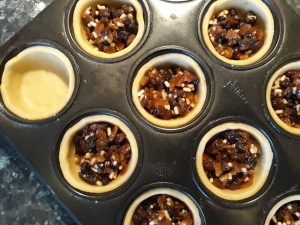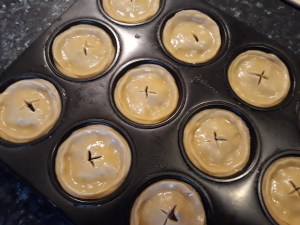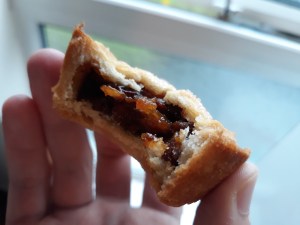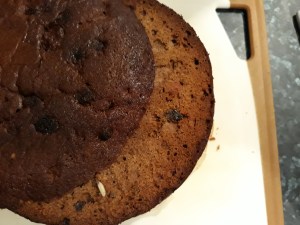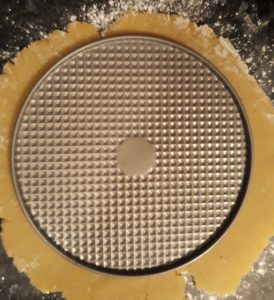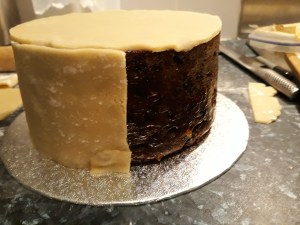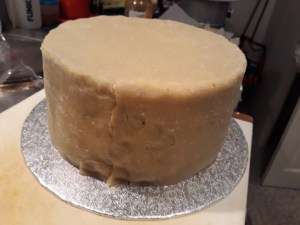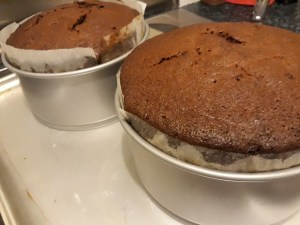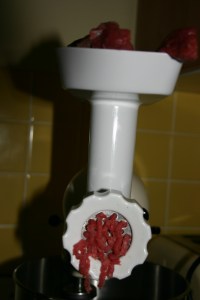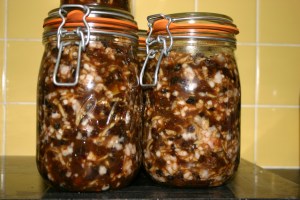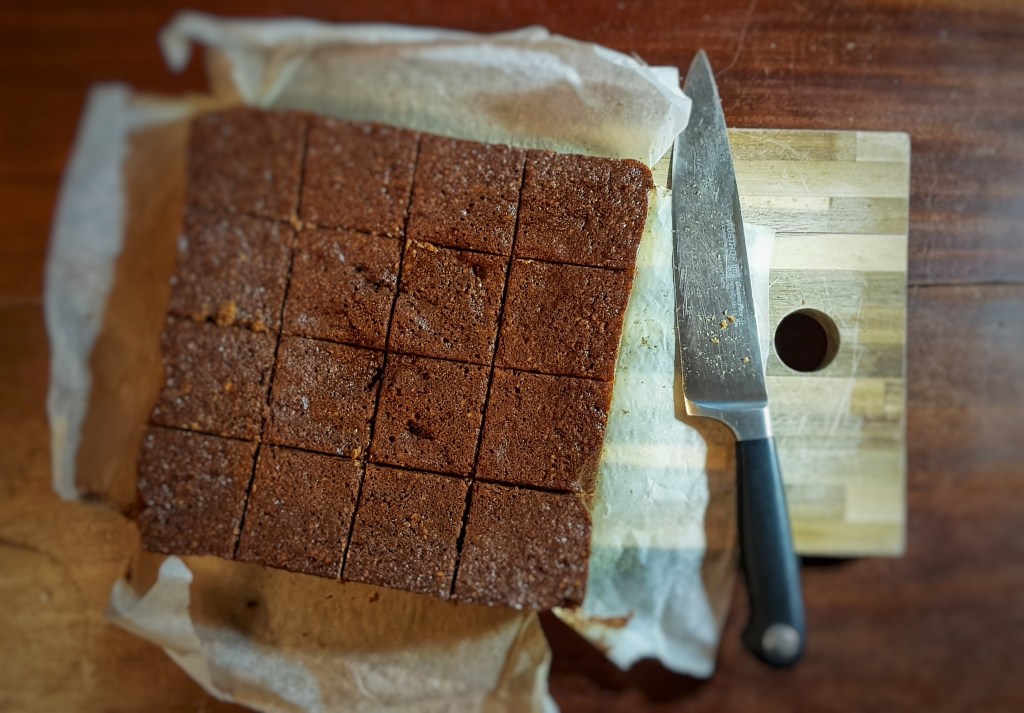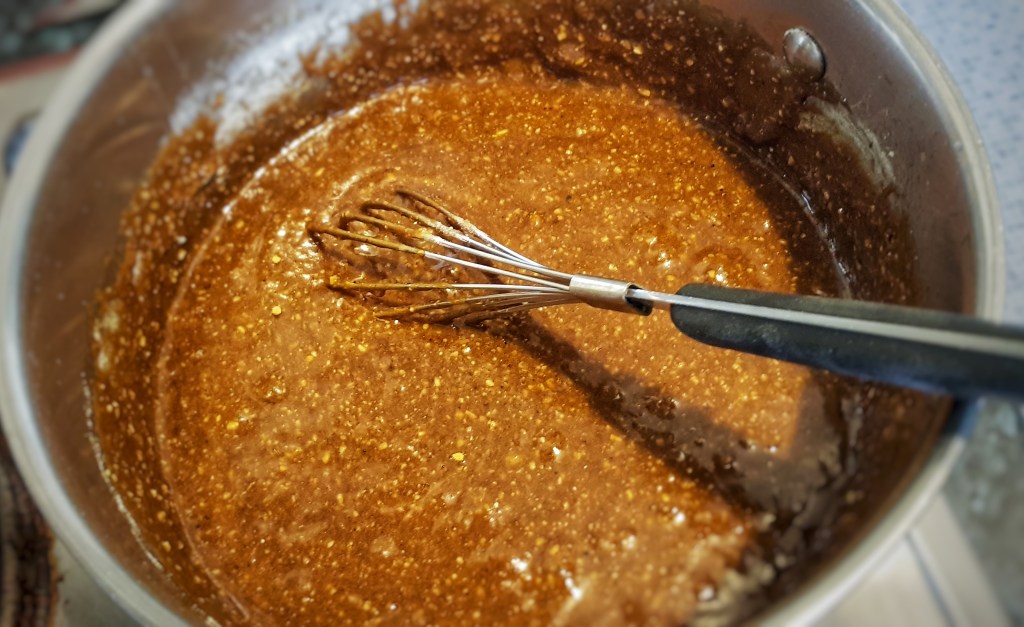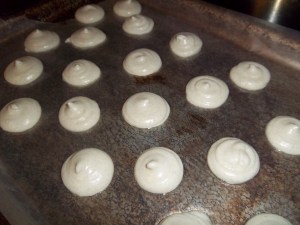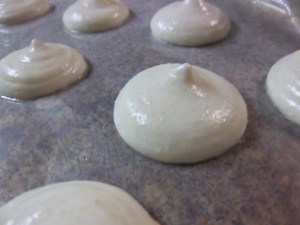Recently I have very much gotten into bread-making so I thought I would try to tackle a post on its history. Within about 3 minutes of researching, I realised that there is quite literally volumes off stuff and there is no way I could do it any justice in a single post. But I have to start somewhere, so I thought the symbolism of bread and its early beginnings might be a good place to start…
Bread was the one food that everybody depended upon, and it has been the focus of our daily lives for hundreds of years. We talk of ‘earning a crust’ and ‘dough’ is a slang word for money. When taxes get too high, we complain that we are having ‘the bread taken from our mouths’. Bread itself meant food. Our lives are so linked with bread that many of our words have roots in bread or bread-making: the word lord is from the Anglo-Saxon hlaford, meaning ‘loaf ward’ and lady from hlaefdige, or ‘loaf kneader’; companion and company come from the Latin companio which means ‘one who shares bread’. Jesus’s flesh is bread, and when we pray, we ask Him to give us ‘our daily bread’ and should we get it, we’re ‘truly thankful’.
The Infant Jesus Distributes Bread to Pilgrims by Murillo 1678
I am not a religious person and don’t say Grace or anything like that. In fact, I don’t know anyone who does, but I remember as a child when we had to say the Lord’s Prayer at assembly, thinking that it was strange that we wanted bread (‘Give us this day our daily bread’). Surely there were much better things than boring old bread like cakes and fizzy pop. Plus we would get dinner anyway, so what was the point?
The Georgian essayist, George Lamb, brings up this very point:
The indigent man, who hardly knows whether he shall have a meal the next day or not, sits down to his fare with a present state of the blessing, which can be feebly attached to the rich…The poor man’s bread is his daily bread, literally his bread for the day. Their courses were perennial.
Do such people exist still today? I don’t think so. I’m not suggesting that there is no poverty of course, but the food of the poor is no longer bread. There is certainly more variety of food if you are poor in this modern age, but cheap food is pretty bad. Is it best to spend your money on a load of insipid flavourless food full of additives, or to buy the ingredients for a few loaves of proper bread? I actually don’t know the answer to that question.
If you like the blogs and podcast I produce, please consider treating me to a virtual coffee or pint, or even a £3 monthly subscription: follow this link for more information.
You need only four ingredients to make bread: flour (though not necessarily wheat flour), water, salt and yeast. The first three ingredients were not that easy to come by; producing flour was a labour-intensive activity, salt was expensive and good quality fresh water might not even have existed in your town or village. Yeast, however, was easy, it could be found happily residing naturally on wheat. When dough is left for a certain amount of time it will begin to naturally ferment and rise as the yeast grows and anaerobically respires to produce bubbles of carbon dioxide. The earliest evidence for making leavened bread comes from Egypt and dates 4000BC, though it didn’t reach Europe until 400BC in Greece where barley flour was used over wheat. According to Aristotle barley bread was bread so white that it out does the ethereal snow in purity. Tone it down, ‘Totle.
Baking Bread by Helen Allingham, 19th Century
Bread wasn’t always sustaining; in the cities, we have been guilty of baking notoriously bad bread. Its peak was during the eighteenth and nineteenth centuries, bakers were displaying very fraudulent behaviour. Additives for whitening were very common; London bread was a deleterious paste, mixed up with chalk, alum, and bone-ashes; insipid to the taste and destructive to the constitution. One pamphlet author even accused the bakers of using ground human bone! We reached this level state because flour wasn’t available to everyone and so there was no choice. Today there are food standards, but for the main part, most of the bread we consume is in no way near what bread could be. However, perhaps we shouldn’t expect it – millions of people need mass-produced foods, so perhaps this is the best, and only way, to do it.
Peel’s Cheap Bread Shop, Punch cartoon from 1846
According to Maguelonne Toussaint-Samat, the French food historian, there were four evolutionary steps that led toward the ‘invention’ of leavened bread.
- Pounded grains: raw or fire-roasted grains were eaten crushed or whole.
- Decoction, mash or porridge: the raw or cooked grains were pounded or ground and mixed with water to make a dough. The mixture was then either eaten or drunk.
- Maza: a thick dough is moulded into the shape of a flat cake and baked on embers, a griddle, an oven or in a glass dome. These were common in the Stone Age and their little-changed descendants still exist today in the form of pitta and chapatti.
- Bread: cereals suitable for bread-making are used such as wheat, spelt, oats, rye and buckwheat. Left over dough from a previous baking – the leaven – is added and the dough is left to rise and improve in flavour and texture. It is then cooked in a preheated oven or a glass dome.
So bread is what one’s world revolved around, and it has – in the most part – become a flabby mass-produced pre-sliced affair that somehow turns back into dough when you squash it. In the past, a huge amount of effort was required to bring together the four ingredients and bake them. Future posts will tackle those ingredients and the ways they were cooked, the machines built, the microbes or chemicals used to flavour or leaven, the holy days they were often baked for, and how village and city life depended on the producers of the ‘staff of life’.
Bread recipes added so far:





